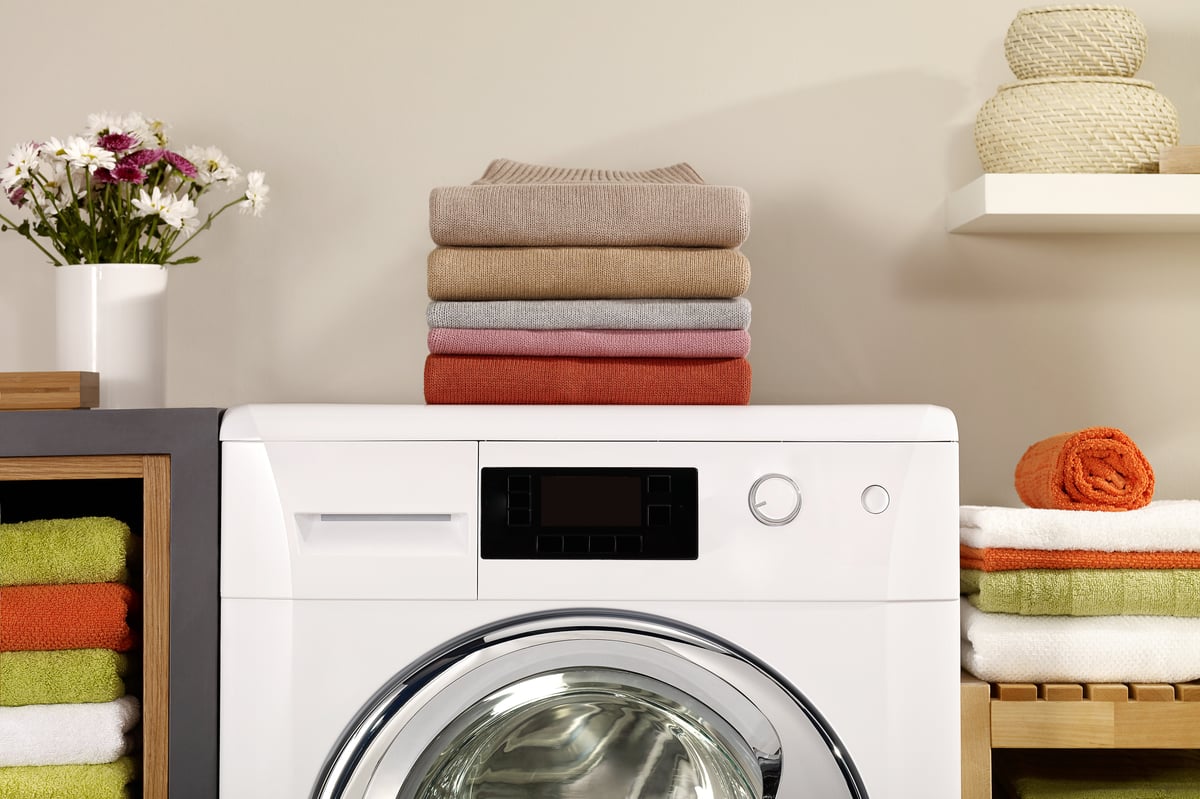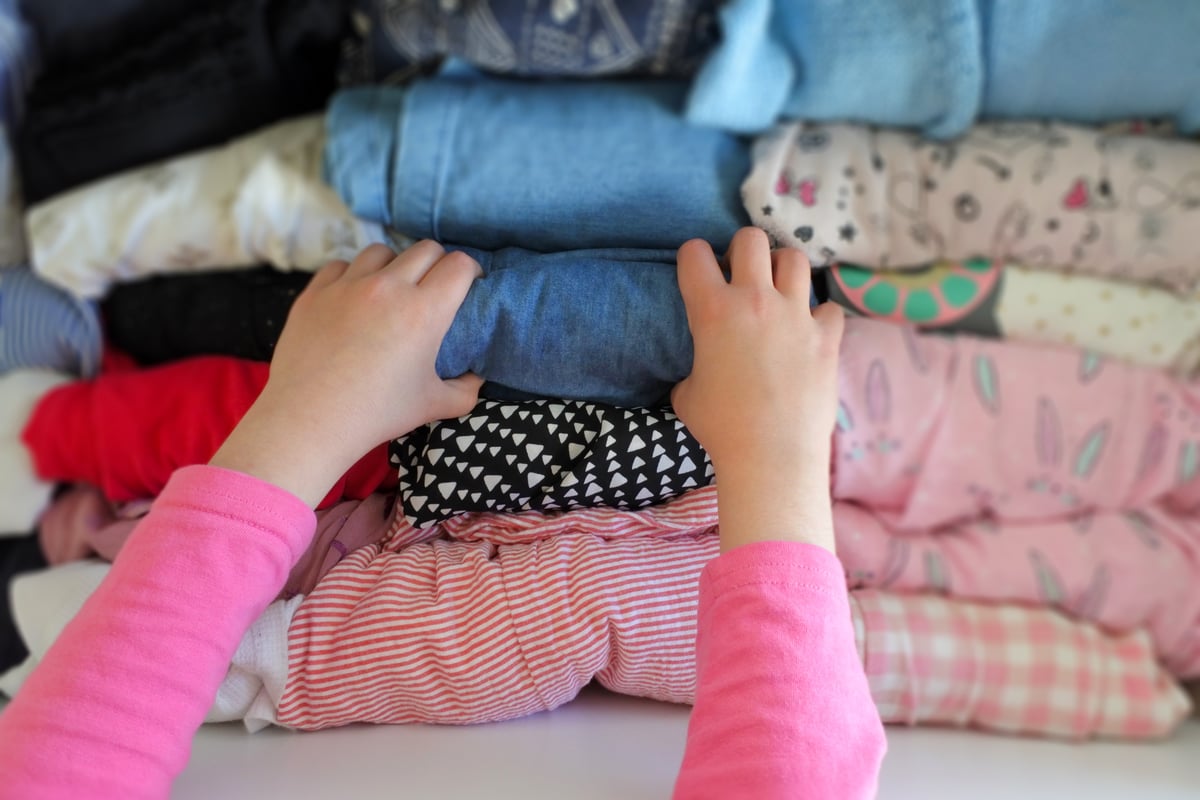

When we air our dirty laundry, are we comfortable with what is revealed?
Possibly not, if you're like me and have every intention of being more of an eco-warrior while ticking off the household chores, but know there's a lot more we can do for the health of the planet.
My kids are fully aware of this. They're fully into things like 'nude food' lunchboxes and even taking their own reusable cups for takeaway babycinos.
But around the house, it's a little trickier. With the washing machine used at least once a day in Aussie homes, the laundry is responsible for a large portion of the environment's increasingly heavy load.
So what can we do on a daily basis to make an actual difference? Here are a few things I've discovered.
1. Waste less water with your washer.
We’re still Water Wallys in this country, with official figures showing Australians are the greatest per consumers of water per capita, using an average of 100,0000L of freshwater per person a year. With population growth and climate change making rainfall less reliable, we must try to use less.
When it’s time to buy a washing machine, know that while front loaders are generally a little more expensive to buy, the gains come from using less water, energy and detergent.
They work by gently tumbling your washing over and over, and often require less ironing afterwards because the garment hasn’t been twisted into a loop. Plus, they're not as harsh on your clothes.
There's an EcoPerfect button on our front loader that is the only wash cycle I use – I find it does the same job as a regular wash function but in less time and with less water.
2. Switch to cleaner products without paying more.
Making more sustainable choices can start with what you're putting in your shopping trolley. For starters, when I'm shopping with kids we use reusable mesh sacks for fruit and veg, buy recycled toilet paper, and look for more sustainable washing liquids and cleaning sprays.


